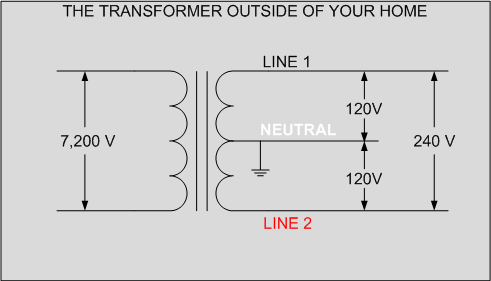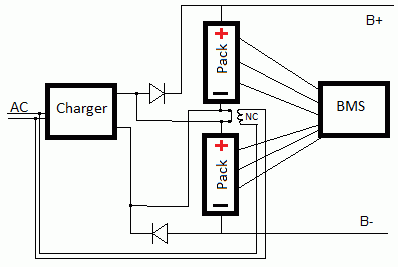Hi,
sometimes I have to charge charge my pack quicker then usual.
I parallel two Zivan NGr so far, to get about <30Amps into the battery.
I wanted to buy a 8kW Elcon/Chennic/TCC this spring, but the specs showed me a maximum input voltage up to 260V, singel phase.
At 230V our socket only supports 16A max (3,68kW). Everything above, we use a 400V socket. They support 16A, 32A or 63A.
But the only three phase charger I found was a Brusa (much too expensive) and once again a Zivan.
The efficiency should be better (up to 12%!) by using the Elcon/Chennic/TCC then the Zivan ...
My question: does anybody charges at 3-phase 380/400V AC?
Which charger would you recommend?
Michael
sometimes I have to charge charge my pack quicker then usual.
I parallel two Zivan NGr so far, to get about <30Amps into the battery.
I wanted to buy a 8kW Elcon/Chennic/TCC this spring, but the specs showed me a maximum input voltage up to 260V, singel phase.
At 230V our socket only supports 16A max (3,68kW). Everything above, we use a 400V socket. They support 16A, 32A or 63A.
But the only three phase charger I found was a Brusa (much too expensive) and once again a Zivan.
The efficiency should be better (up to 12%!) by using the Elcon/Chennic/TCC then the Zivan ...
My question: does anybody charges at 3-phase 380/400V AC?
Which charger would you recommend?
Michael







